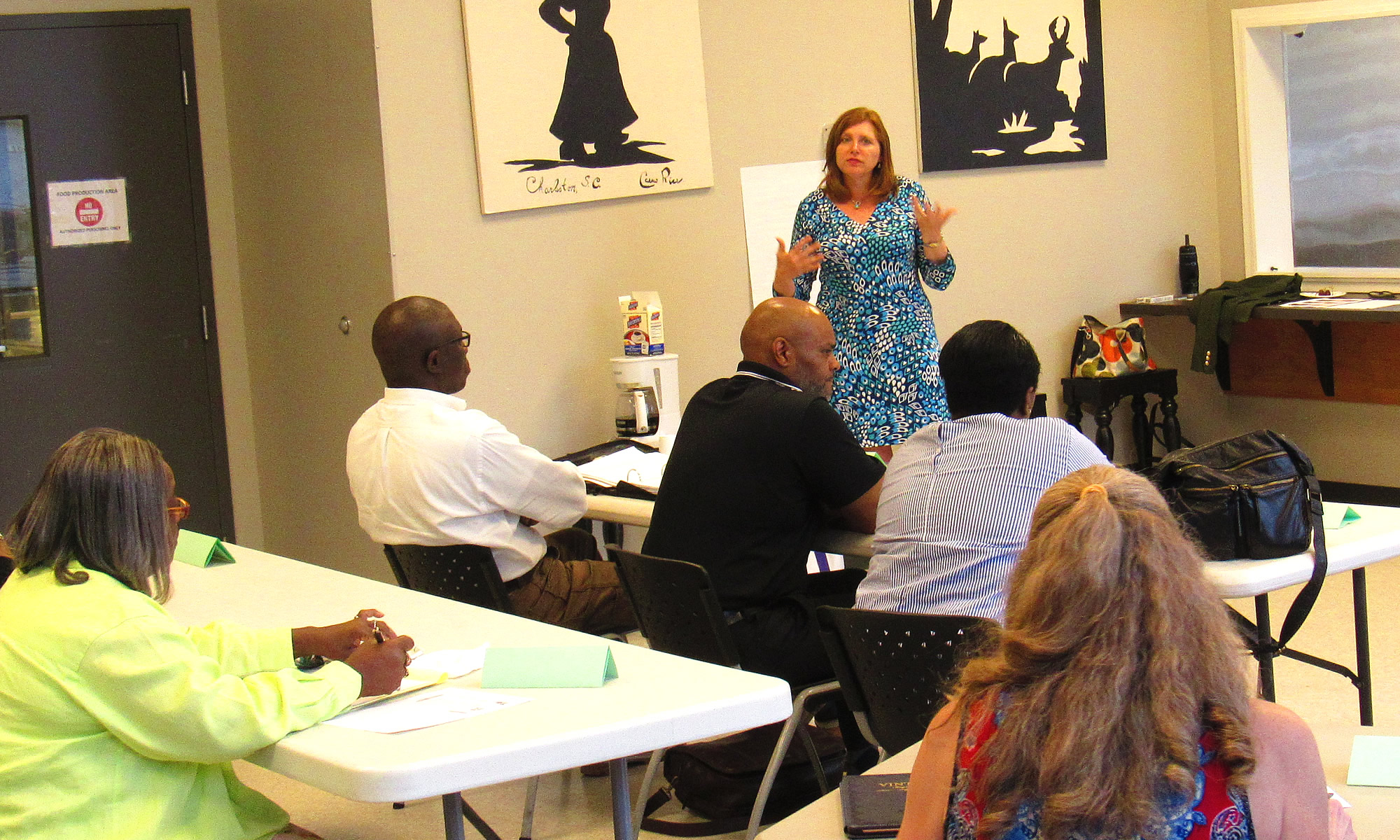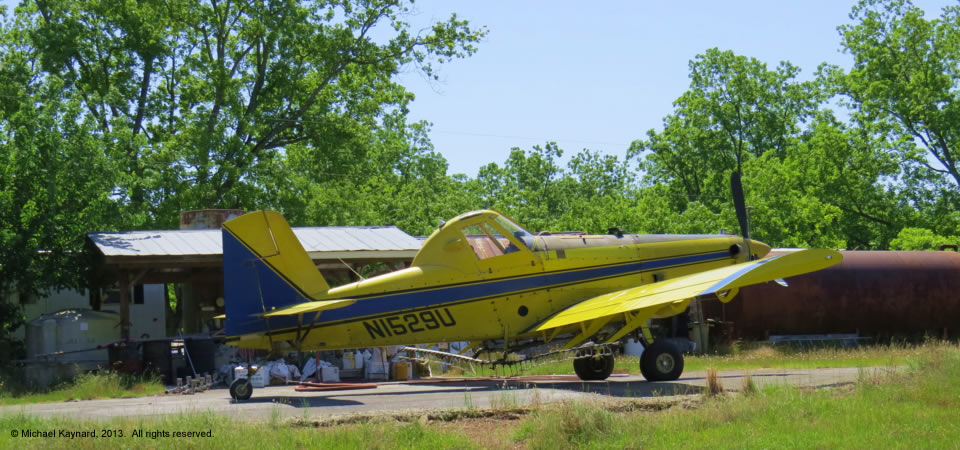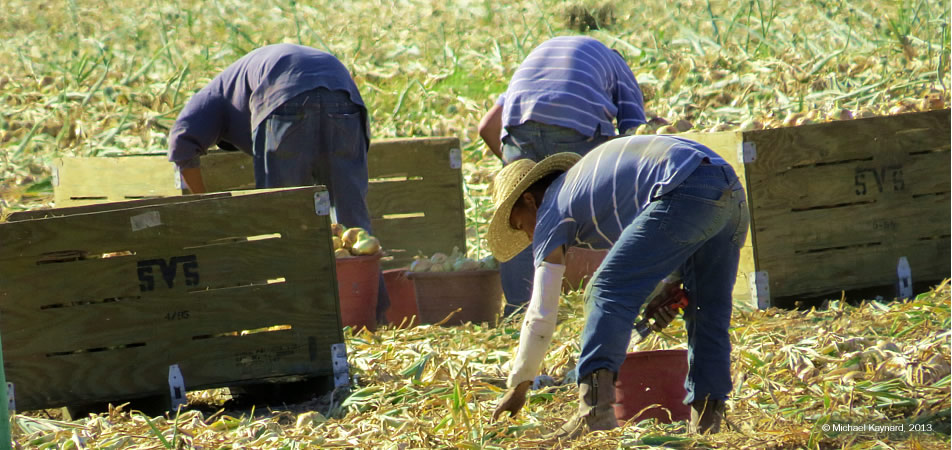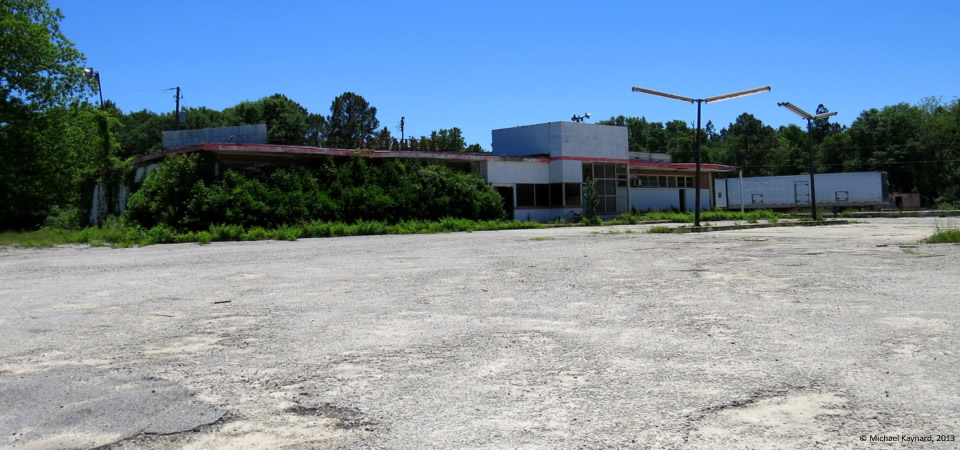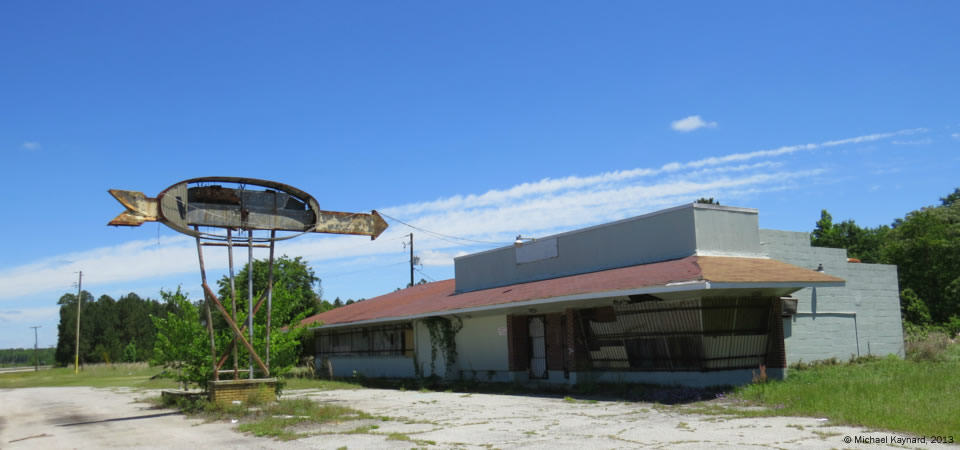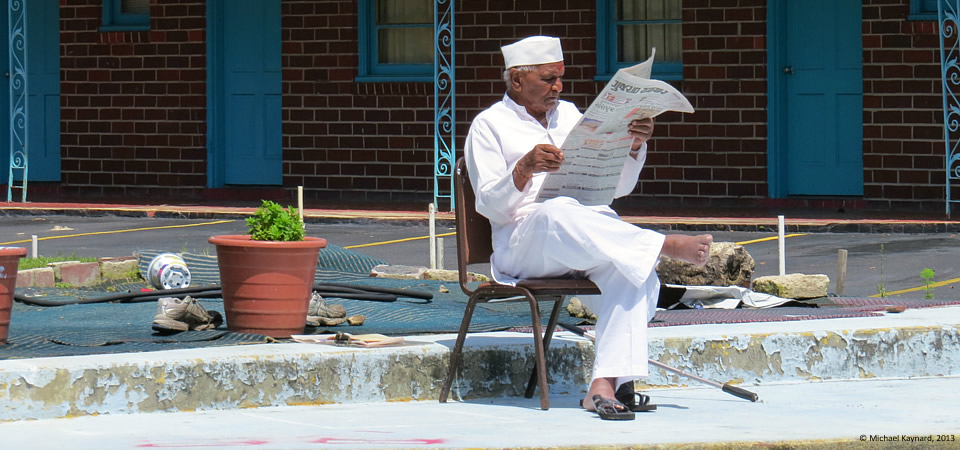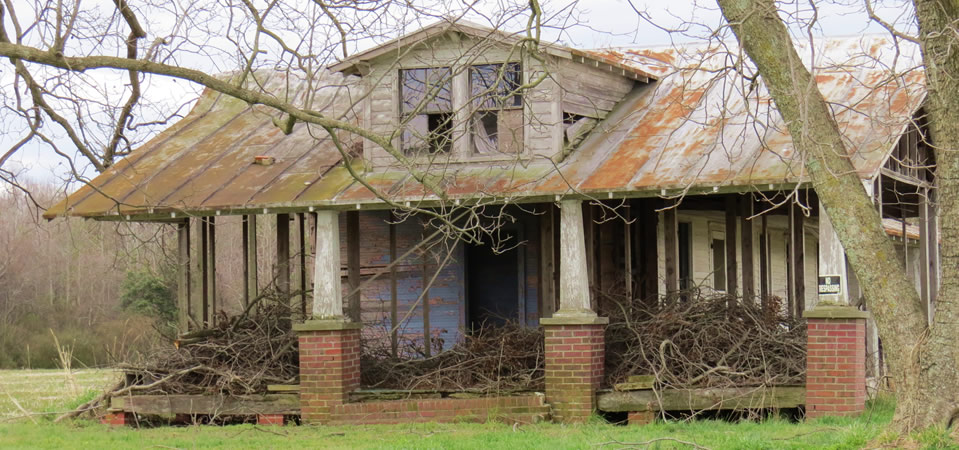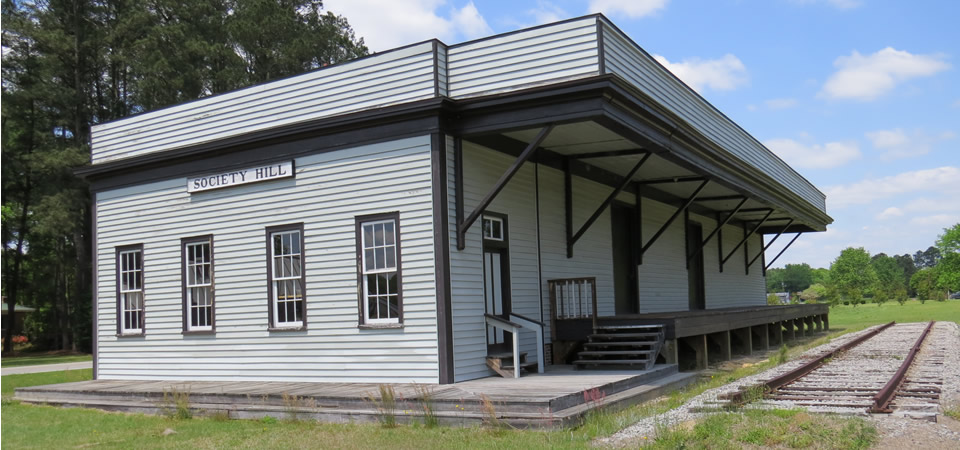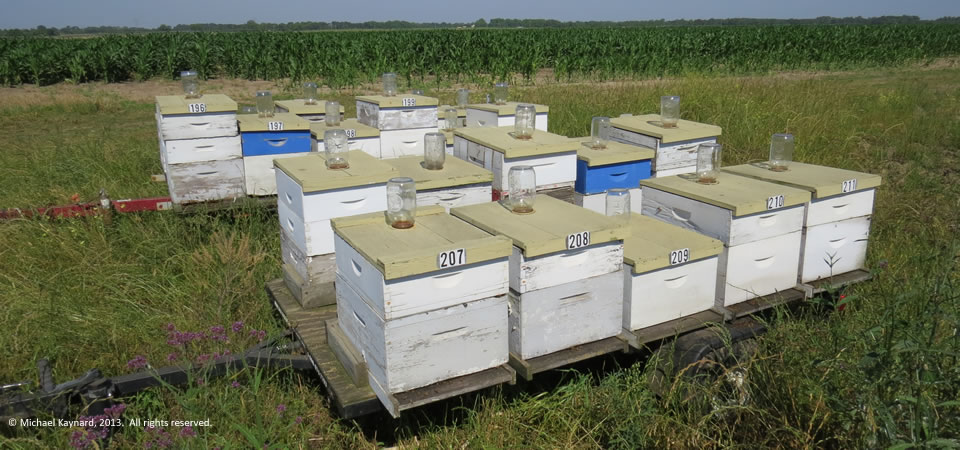
If you’re traveling country roads across the agricultural South, be on the lookout for white boxes of beehives, as highlighted here near a corn field in the heartland of Georgia.
Bees are critical to successful crops, but have been having a hard time in recent years due to a wasting disease that is decimating a large percentage of hives. This Maystory in a recent edition in The New York Times explains more.
Wilcox County in Georgia’s heartland is one of the state’s smaller counties with 9,068 residents, according to the U.S. Census. About two thirds of residents are white and a third black. Estimates by the U.S. Census are that 27.4 percent of county residents live in poverty.
Photo taken May 15, 2013 by Michael Kaynard of Kaynard Photography. All rights reserved.
